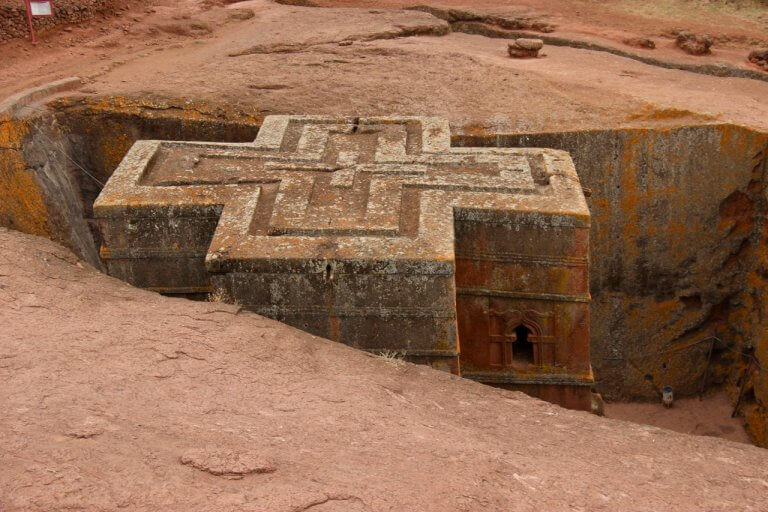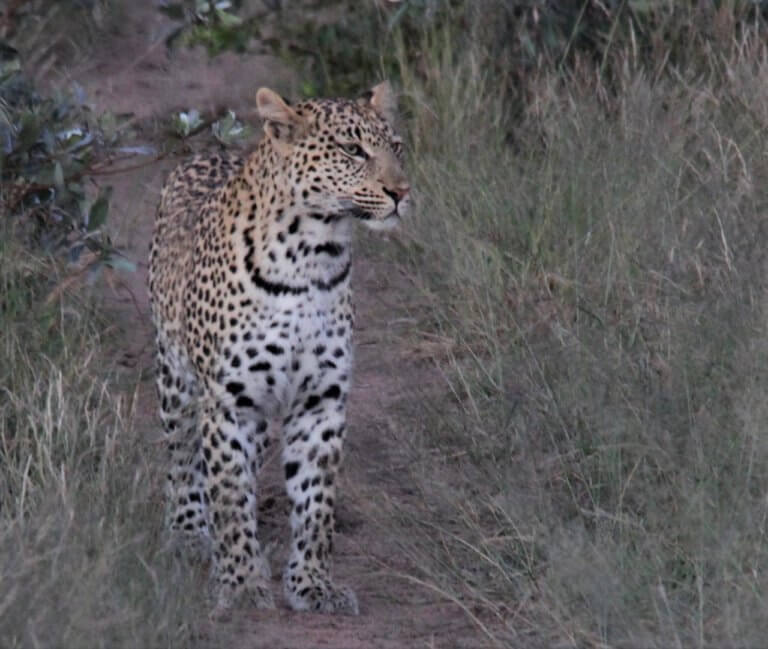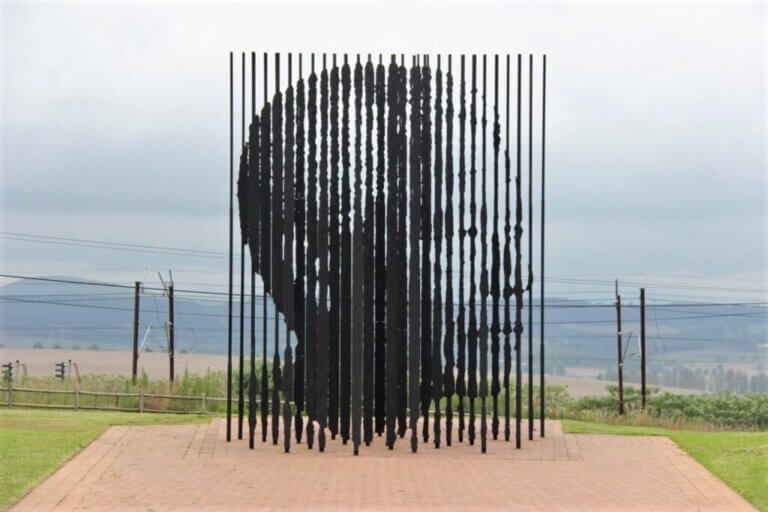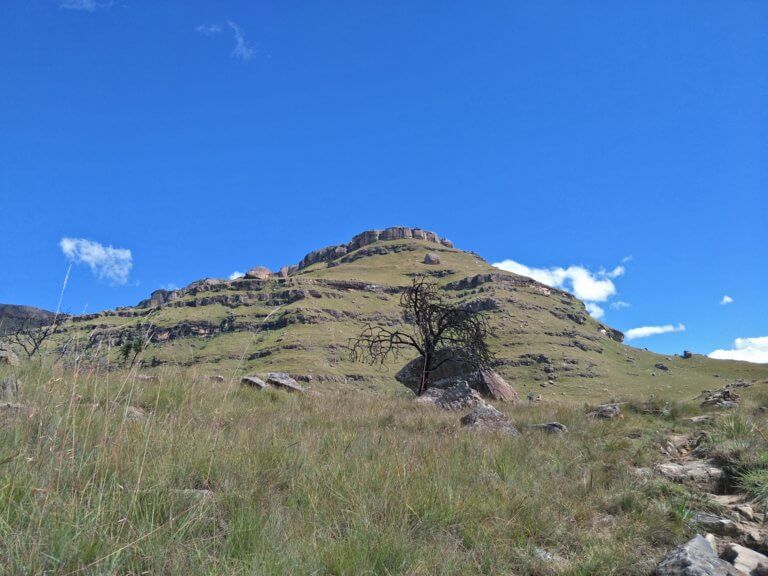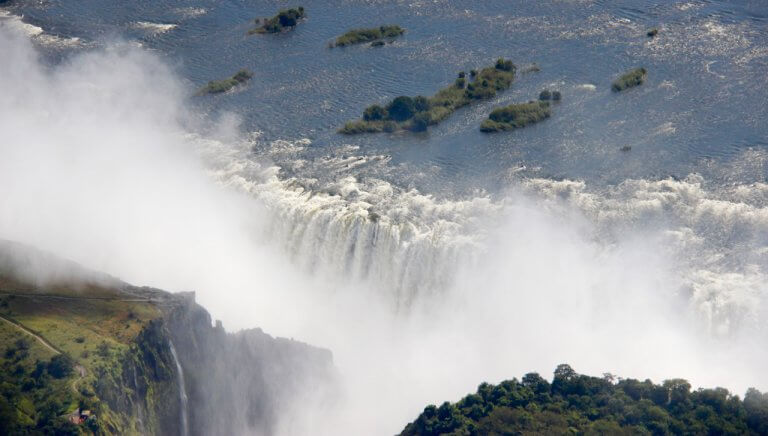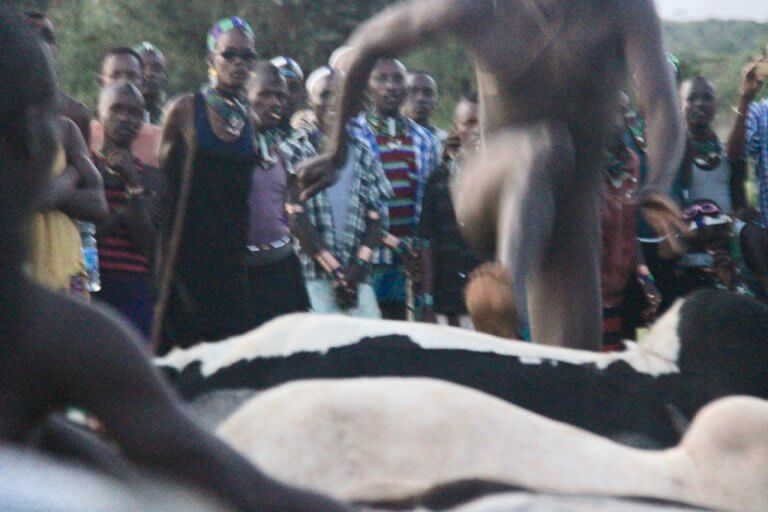Day 32 May 13th 2018 Addis Ababa
A day of firsts – selected from my random recollections:
Our first day in Ethiopia, our first day with Eskinder and Highway Tours and first visit to Addis Ababa. Despite a late night we were up and out early ready for our guided introduction to the country, the city, and its history.
Our first visit of the morning was to a small Ethiopian coffee shop – serving smooth Ethiopian coffee with the Italian legacy living on in a Macchiato. Coffee quotes adorned the walls around the milling customers. A favourite – “When we drink coffee, ideas march in like the army” Balzac.

A first was that women actually featured, and featured prominently in history. The Queen of Sheba is significant in that her meeting with Solomon saw a son born who became the line in Ethiopia. Sheba was featured in frescoes in cathedrals, in colourful ancient icons, in statues and artworks.

Emily Pankhurst’s daughter Sylvia Pankhurst lived in Ethiopia. An involvement that began involved through her anti-fascism activism and the Italian occupation. Continuing to support Ethiopia throughout her life. Richard her son (who died in 2017) was an eminent historian writing books and articles about Ethiopia. Sylvia (also a campaigner for the Suffragette movement) and Richard are buried with honour at the Holy Trinity temple. More to learn about this family and their relationship with Ethiopia.
It was the Empress Taytu who named Addis Ababa (meaning “New Flower” in Amharic) it is also suggested that she founded the city in 1886.
The final woman we heard much about is Mary, a primary figure as the mother of Jesus, and an important part in the teachings of the Ethiopian Orthodox Christian Church – the Miracles of Mary is one of the books studied, most churches and artwork feature the story of Mary’s life.
Being the one of the first countries to adopt Christianity there was significant history, art, and architecture from very early times.
In the Ethnographic Museum – housed within what was once the palace of Halie Selassie – there were Icons from every age, I was taken with what was described as the Second Gondar Icons – more colourful, more rounded figures and faces – including Sheba.

The entrance foyer had a photographic information series about the life of Emperor Haile Selassie – born Ras Tafari Makkonen – from which the Rastafarian movement came.
In the garden outside the National museum was a statue of Pushkin – we had forgotten our history learned over a year ago in Russia – Pushkin’s maternal great grandfather is African – thought to be Ethiopian.
In the Holy Trinity Church as in the museums – the combination of Judaic, Christian and at times Muslim was striking. It was described that from the arrival of Muslims in Ethiopia there was harmony and a mostly peaceful co-existence which continues.
Unable to remember seeing cathedrals with frescoes depicting modern history before we take this as another first. Church artwork and frescoes often had recent historical events such as Hailie Selassie addressing the league of nations sat alongside the Old and New testament depictions.

In both the National and Ethnographic museums we had barely begun examining the exhibits when the power went off, then as we arrived back at the hotel the lift was out of order so up to the 6th floor by stairs we went.
The museum exhibits were mostly housed in simple glass cabinets, the stairs covered with threadbare carpet. The state of the displays belied the ancient history contained within including “Lucy” (Australopithecus afarensis)

At the National Museum resides the famous Lucy – one of the most significant fossils found, and thought to be the oldest until discoveries in South Africa. Lucy was a small woman – 120cm but upright, aged 18 to 25 years as she still had her Wisdom teeth – Lucy was 3.27 million years old. Her local name is “dinknesh,” meaning “the wondrous one” which I preferred to Lucy (named after the Beatles song “Lucy in the Sky With Diamonds”) Her fossiliised bones are on display in a small cabinet with a replica alongside showing the bones found and the bone structure deducted from the findings creating a complete skeleton.
The rift which has provided prolific archeological finds is the same that extends down into South Africa and the area around the Cradle of Humankind.
While Italy features prominently in architecture, food, coffee, Ethiopians are proud of never being colonised. The Adwa war in the late 1800s resulted in Ethiopian victory over Italy. Again, when Italy occupied Ethiopia during the Second World War Ethiopia and Britain liberated Ethiopia with Ethiopia regaining its independence.

A visit to The African Union Building was a drive-by – and quite an extensive one given the enormous size of the building. A circular building surrounded by structures of differing shape and height. Built by China to display there talents. It was described as the 4th largest complex in the world (I think) it was for the UN.
Our final visit of the day was to a small developing museum dedicated to the period (70s through 80s) known as “the Red Terror” when mass killings took place after the Dergue took power. Few families were not affected and the impact remains today with missing and murdered family members from that time. Unfortunate links to the history in other parts particularly earlier visits to the Apartheid Museum and Museums in Timor Leste.
Back to the hotel exhausted with our brains spinning but excited.

